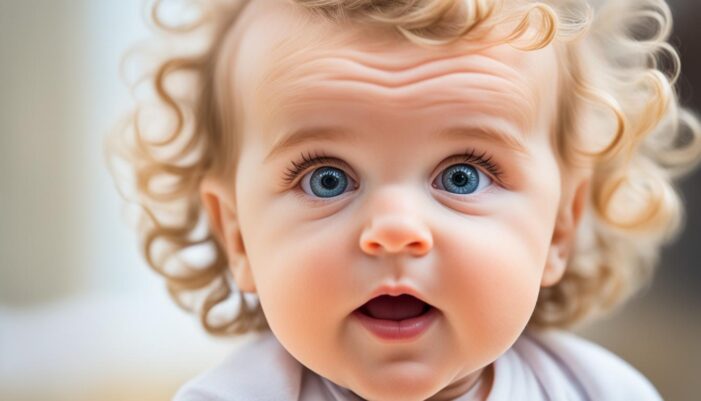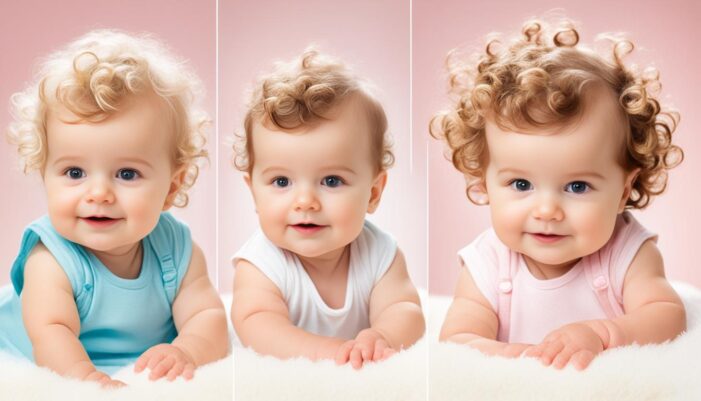The soft tufts of hair that grace a baby’s head often hold an air of fascination. As parents, we wonder what our child’s hair will look like as they grow. Baby hair texture changes can be a captivating journey of discovery, marked by transformations that pique our curiosity. This comprehensive guide will explore when and how these changes occur, as well as provide insights into products that can help enhance hair texture and style.
Key Takeaways
- Newborn babies often have fine, downy hair called lanugo, which typically falls out and is replaced by thicker terminal hair.
- The texture and appearance of a baby’s hair can change dramatically in the first few years of life as their hair matures.
- Factors like genetics, ethnicity, and hormones can influence the rate and pattern of baby hair texture changes.
- Using gentle, specialized hair care products can help maintain and enhance a baby’s hair texture as it develops.
- Understanding the natural progression of baby hair texture changes can help parents embrace and support their child’s unique hair journey.
Understanding Baby Hair Development
As newborns enter the world, their hair texture and development can often come as a surprise to parents. While some babies are born with a full head of hair, others may have only a fine, downy layer known as lanugo. This initial hair type typically gives way to the baby’s true hair texture, known as terminal hair, within the first few months of life.
A crucial factor in understanding baby hair development is genetics. A child’s hair texture changes in newborns are largely determined by their genetic makeup, which can result in straight, wavy, curly, or textured hair. The baby hair development stages can vary significantly from one infant to another, and parents should be prepared to track hair changes as their little one grows.
From Lanugo to Terminal Hair
Many newborns are welcomed into the world with a delicate, fine layer of hair known as lanugo. This downy fur-like hair texture often gives way to the baby’s true hair texture, known as terminal hair, within the first few months of life. The transition from lanugo to terminal hair can happen at different times for different children, and parents should be prepared to understand infant hair development as their baby grows and changes.
| Lanugo | Terminal Hair |
|---|---|
| Fine, downy hair present at birth | Baby’s true hair texture that emerges within the first few months |
| Typically sheds within the first few months | Determines the child’s hair type (straight, wavy, curly, etc.) |
| Provides warmth and protection in the womb | Continues to grow and develop as the child ages |
“The transition from baby hair to the hair they’ll have as they grow can happen at different times for different children.”
when does baby hair texture change
As babies grow, their hair texture often undergoes remarkable transformations. For some infants, this shift happens early on, while others may experience significant changes around the toddler years. The fascinating process of observing these hair texture developments is a captivating aspect of parenting.
While many parents are eager to predict their child’s future hair type, it’s important to remember that every baby is unique. While certain indicators, such as the hair texture of immediate family members, may provide hints, there’s no foolproof method for accurately predicting a baby’s exact hair type.
Factors That Influence Baby Hair Texture Changes
- Genetics: A baby’s genetic inheritance plays a crucial role in determining their hair texture, including factors like curl pattern and coarseness.
- Hormonal Changes: As a child develops, hormonal shifts can contribute to changes in hair texture, often becoming more pronounced during the toddler years.
- Environmental Factors: Elements like climate, sun exposure, and hair care routines can also impact the evolution of a baby’s hair texture over time.
Ultimately, the timeline for when a baby’s hair texture changes is highly individualized. Parents can embrace the journey of discovery, marveling at the unique and ever-evolving characteristics of their child’s hair.
| Age Range | Typical Hair Texture Changes |
|---|---|
| Newborn to 6 Months | Soft, fine “lanugo” hair often present at birth may transition to thicker, coarser “terminal” hair. |
| 6 Months to 2 Years | Significant changes in curl pattern, thickness, and overall texture may occur as hormones and growth influence the hair follicles. |
| 2 Years and Beyond | Hair texture often stabilizes, though continued subtle changes are common as a child’s hair matures. |
By embracing the ever-changing nature of a baby’s hair, parents can celebrate the unique journey of their child’s development and appearance.

“Each child’s hair texture is a tapestry of their genetic heritage and personal growth. The transformation is a beautiful, natural process to witness.”
Conclusion
The journey of baby hair texture changes is a natural and integral part of their growth and development. At Kids Hair Play, we understand and celebrate this evolution, embracing the individuality and self-expression of each child’s hair. From the delicate lanugo to the vibrant terminal hair, we guide and care for your little one’s hair, ensuring they feel confident and empowered in their appearance.
Whether you visit our Sutton Coldfield or Oldbury kid’s hair salon, our dedicated team is here to make your child’s hair dreams a reality. We believe that every hair type deserves to be celebrated, and we strive to create a welcoming and inclusive environment where your child can explore and embrace their unique hair texture.
As your child’s hair evolves, rest assured that Kids Hair Play will be there to support and nurture their journey, providing expert care and personalized attention every step of the way. Join us in celebrating the beauty and diversity of baby hair textures, and let’s embark on a transformative hair adventure together.
FAQ
When does a baby’s hair texture typically change?
A baby’s hair texture often evolves over time, with the initial fine, silky lanugo hair giving way to the baby’s true hair texture, known as terminal hair, within the first few months of life. The transition can happen at different times for different children, with some experiencing significant texture changes during infancy, while others might see changes around the toddler years.
What factors determine a baby’s hair texture?
Genetics play a crucial role in determining whether a baby will have straight, wavy, curly, or textured hair. While certain indicators, such as the hair texture of immediate family members, may provide hints, there is no foolproof method for predicting a baby’s exact hair type, as every child is unique.
How can parents support their child’s evolving hair journey?
At Kids Hair Play, we guide and care for your child’s evolving hair journey, embracing individuality and self-expression. We invite you to visit our Sutton Coldfield or Oldbury kid’s hair salons to celebrate every hair type and make your child’s dreams a reality.

